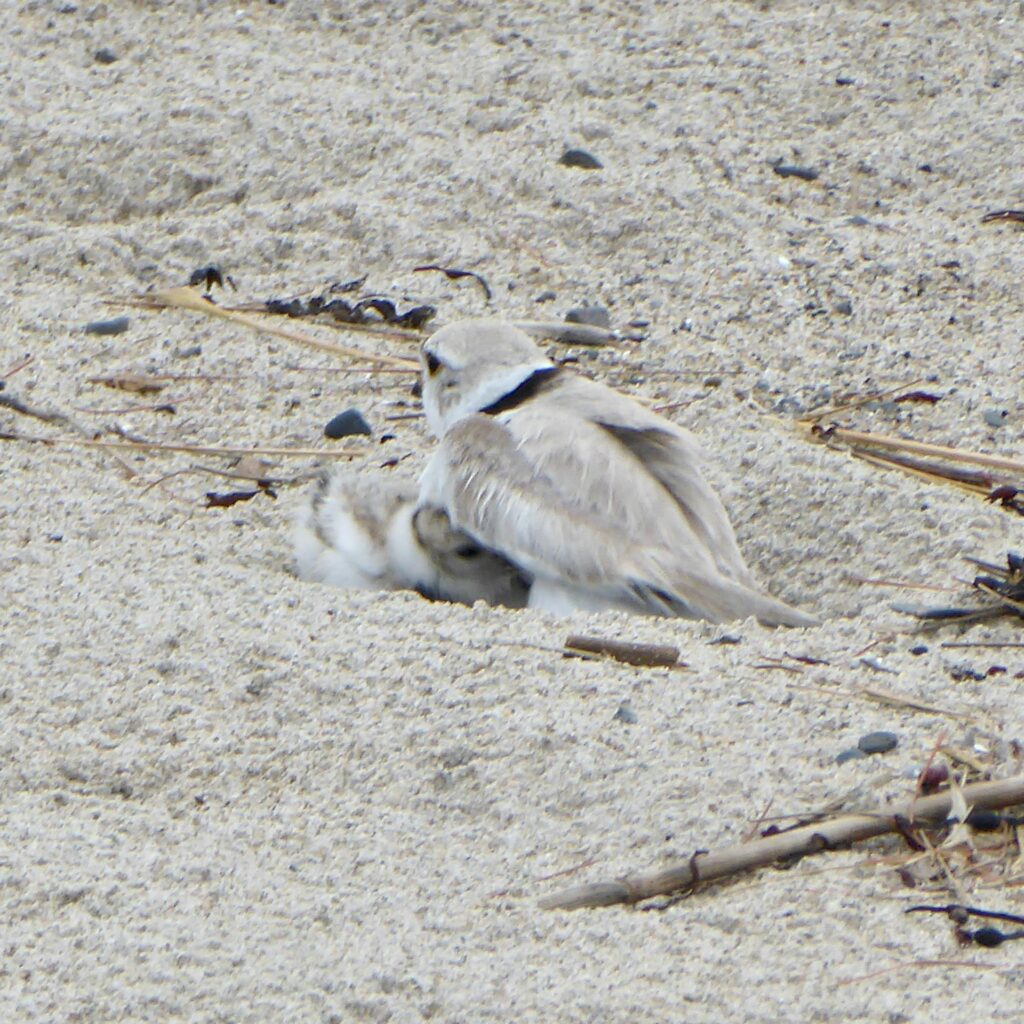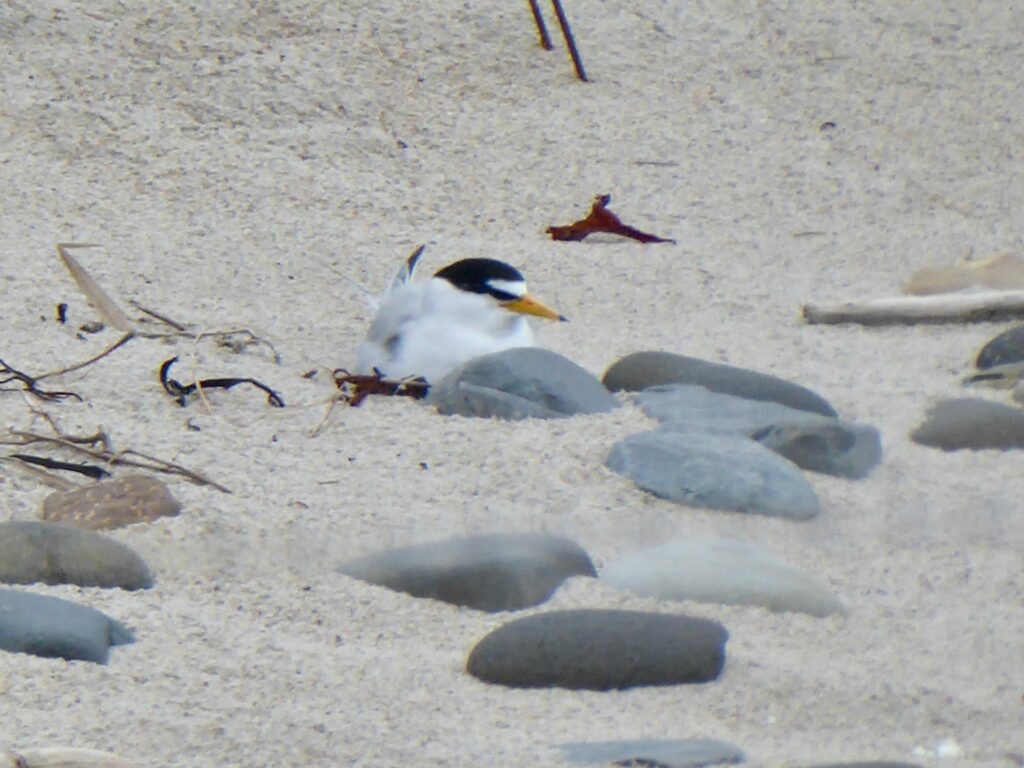Back in 2004, Brian Donahue, an environmental historian, noted:
“Beginning in the seventeenth century England was able to rationalize the production of its own countryside partly by genuine improvements, partly be replacing scarce firewood with boundless coal, and partly by drawing on its new colonies and on trade with the wider world, whether cattle from Ireland and Scotland, sugar from the West Indies, tobacco from the Chesapeake, or cod from the Grand Banks exchanged for Madeira wine. All this marked the birth of twin forces that have since transformed the relationship between people and their environment all around the world and that have remained closely related. The first was the increased substitution, via the market, of imported resources for local resources. The second was the unlocking of fossil energy, which has provided the power to both fetch and manipulate all other resources on the modern industrial, global scale and which has also had enormous environmental consequences.” — Brian Donohue, The Great Meadow: Farmers and the Land in Colonial Concord [Mass., U.S.] (Yale Univ., 2004), p. 72.
The first of Donahue’s twin forces has resulted in the spread of invasive species; the second has resulted in global climate change. Yet as Donahue points out, these twin forces were in part human responses to seventeenth century ecological challenges. Human population in England increased during the seventeenth century, so that humans had to either figure out how to produce more food or face famines. Humans began burning coal in England because there wasn’t enough firewood to keep them warm during the Little Ice Age, and part of the reason there wasn’t enough firewood was because woodlands had been cleared to create more arable land to grow food crops.
England had faced similar problems a few centuries earlier. Donahue says that during the High Middle Ages in England:
“…it appears that a population in the neighborhood of two million (and surely well under three million) in 1086 more than doubled to something like six million by 1300…. The ecological expression of population growth was the steady expansion of the arable fields to produce more grain, at the expense of other important elements in the interlocking agrarian economy. This imbalance resulted in scarcity and degradation….” (p. 65)
In 1346, the bubonic plague put an end to England’s population growth — which temporarily solved the problems of food production and firewood scarcity.
All this is worth remembering when we’re trying to figure out the origins of the current environmental crises: it all comes back to human overpopulation.


